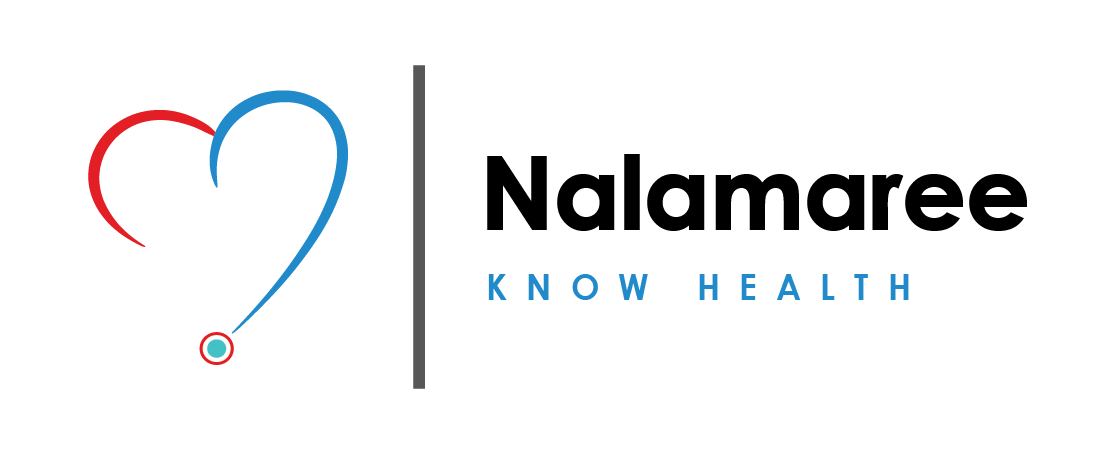Eye Strain (Digital Eye Strain / Computer Vision Syndrome)
-
 Nalamaree Team
Nalamaree Team
- 22 September 2025
Overview
Also called Computer Vision Syndrome, affecting people working more than 2 hours/day on screens. Prolonged use without breaks reduces blinking and fatigues eye muscles.
Causes
- Continuous focus on screens
- Poor lighting and screen glare
- Dry eyes and poor posture
- Infrequent blinking
Symptoms
- Eye fatigue, dryness
- Blurred or double vision
- Headache, neck/shoulder pain
- Difficulty focusing
- Burning sensation in eyes
Treatment: Modern Medicine
- Diagnosis: Clinical assessment, dry eye tests
- Treatment:
- Artificial tears (lubricant drops)
- Blue light filter glasses
- Anti-reflective screen settings
- 20-20-20 rule (every 20 mins, look 20 ft away for 20 seconds)
Treatment: Traditional Medicine
- Ayurveda: Netra tarpana, Triphala eyewash, Brahmi rasayana
- Siddha: Eye-cleansing herbs and oils
- Unani: Arq-e-Gulab, diet for “cooling” the eyes
- TCM: Acupressure, chrysanthemum tea
- Homeopathy: Ruta graveolens, Natrum mur
- Nutraceuticals: Omega-3, Lutein, Zinc, Vitamin A
Caution
- Untreated strain can lead to dry eye syndrome
- Children may develop screen-related myopia
Prevention
- Maintain proper screen distance and brightness
- Blink often and take screen breaks
- Use artificial tears in dry environments

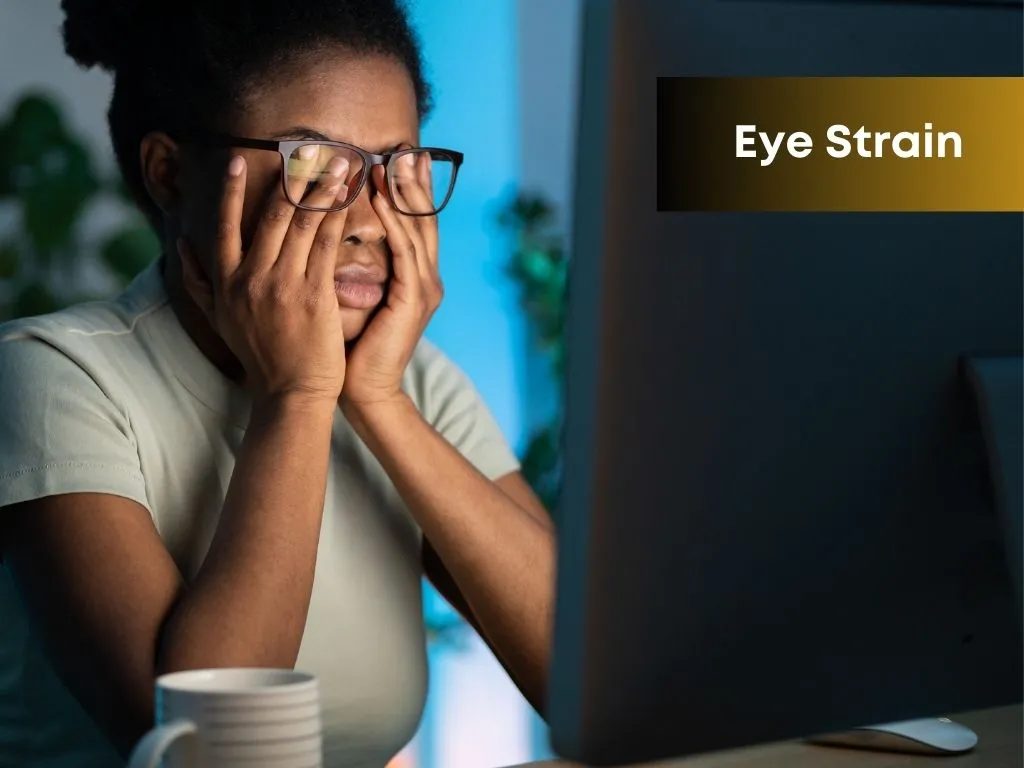


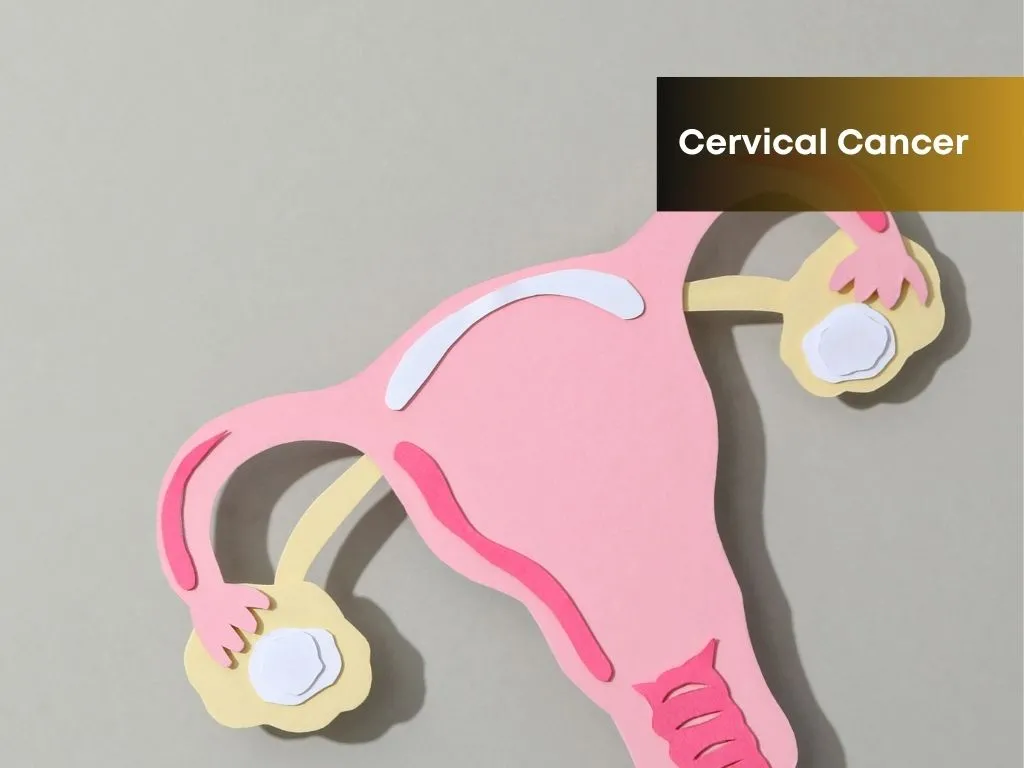
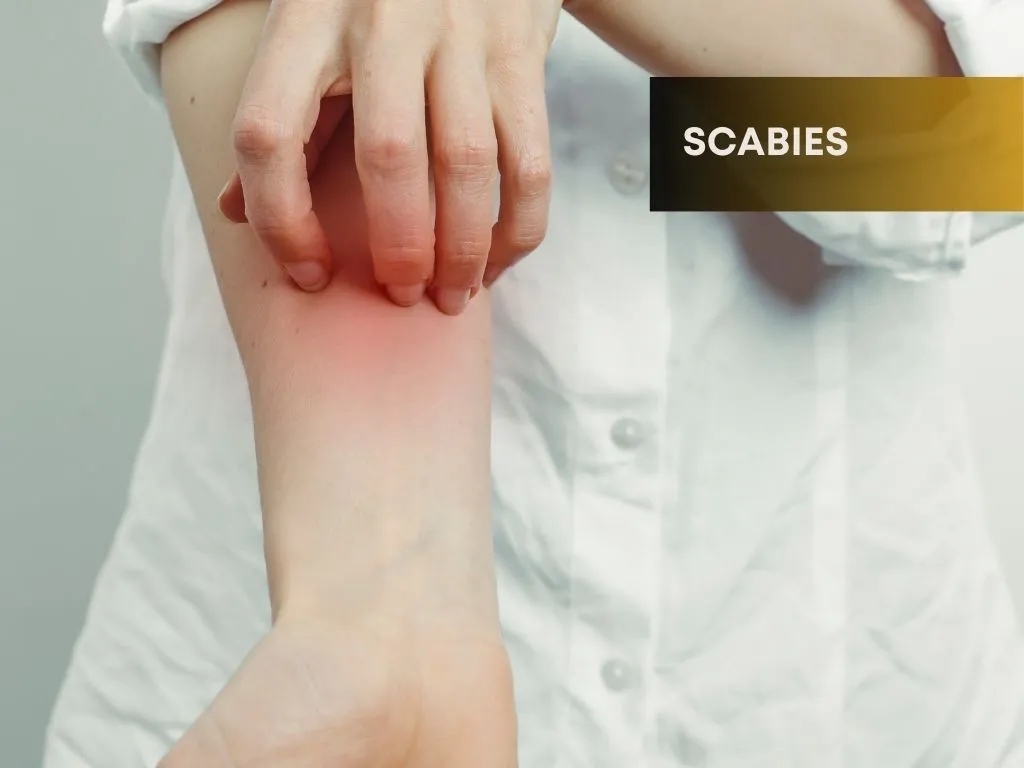

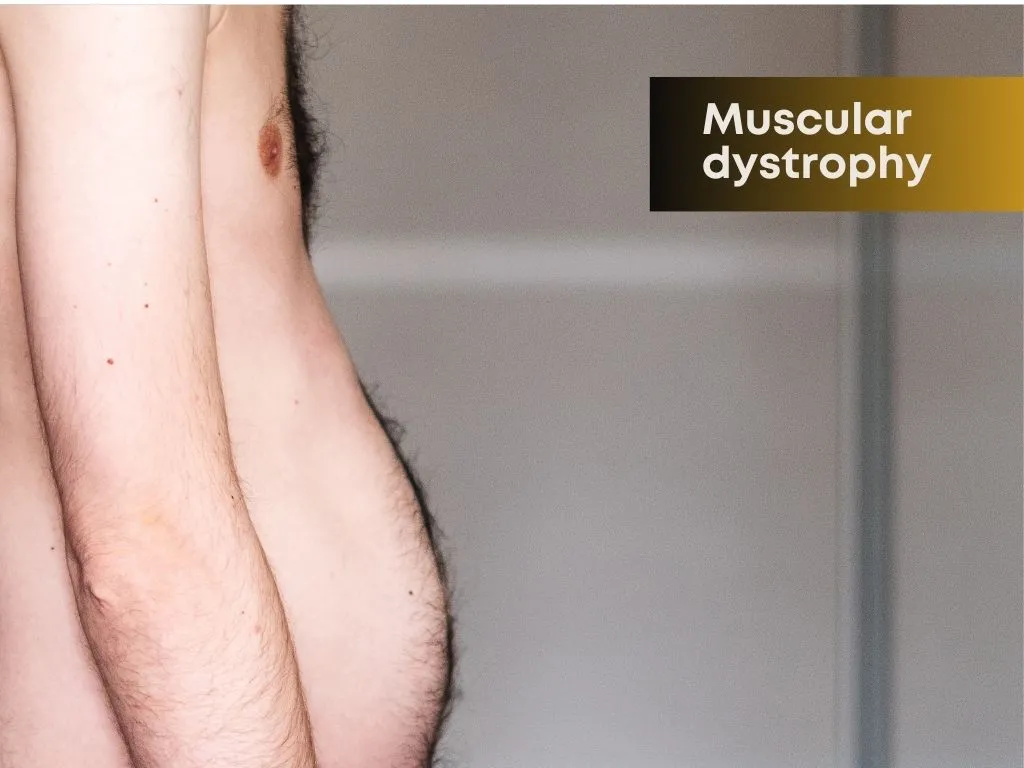


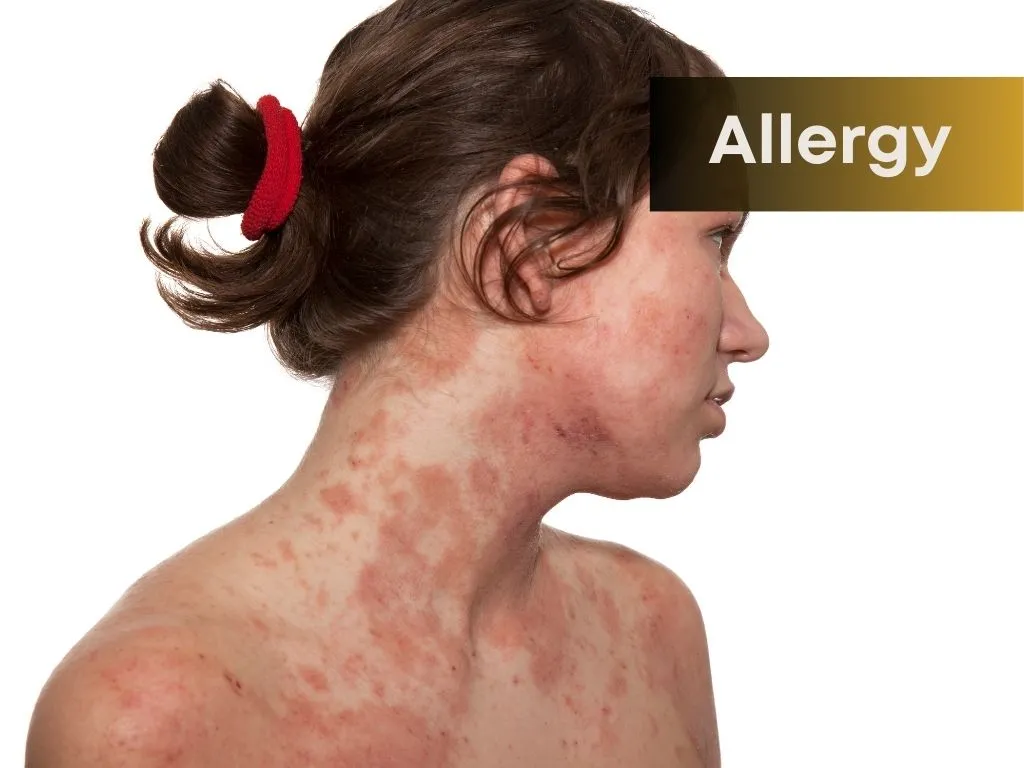




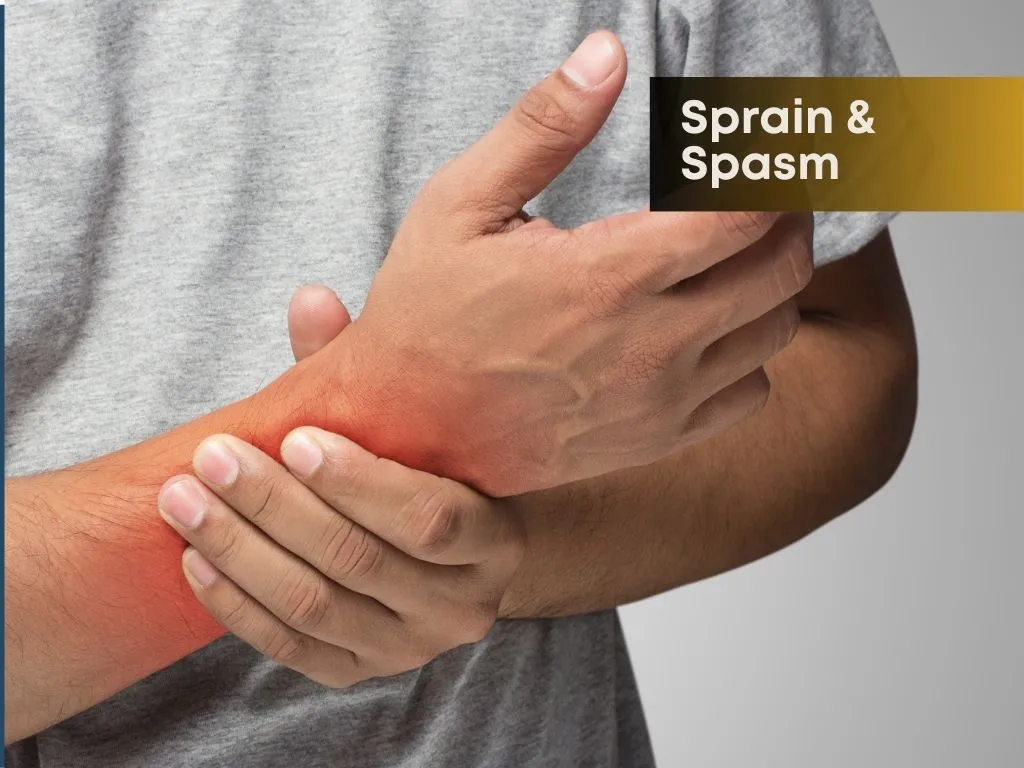

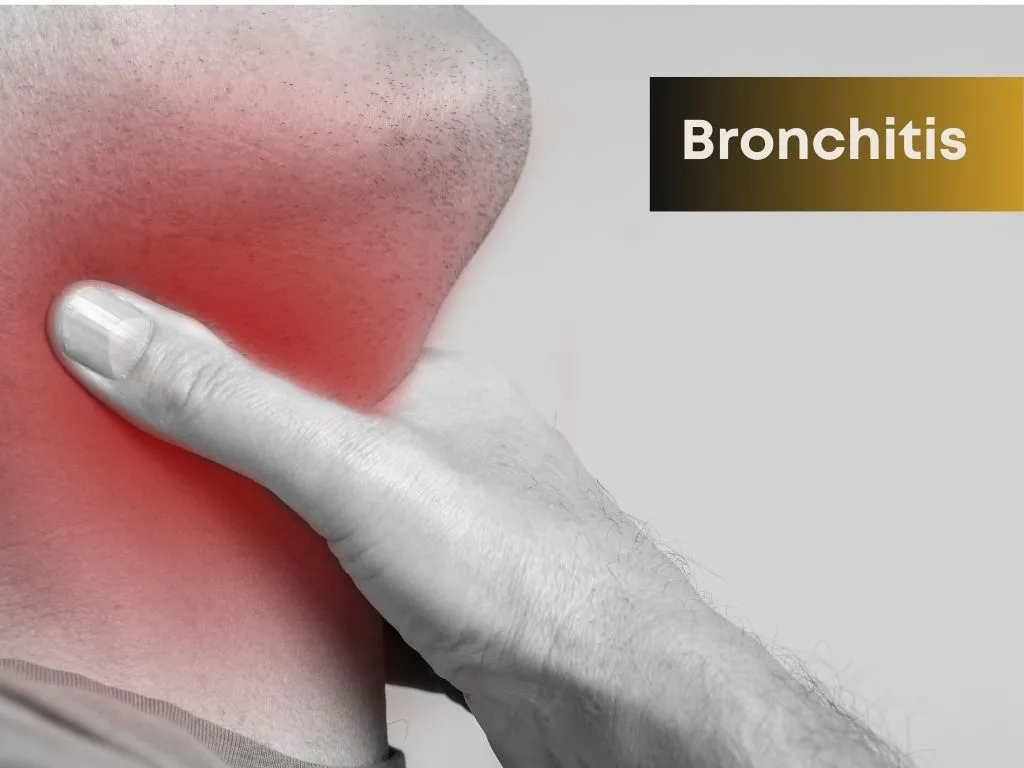



.jpg.webp)
